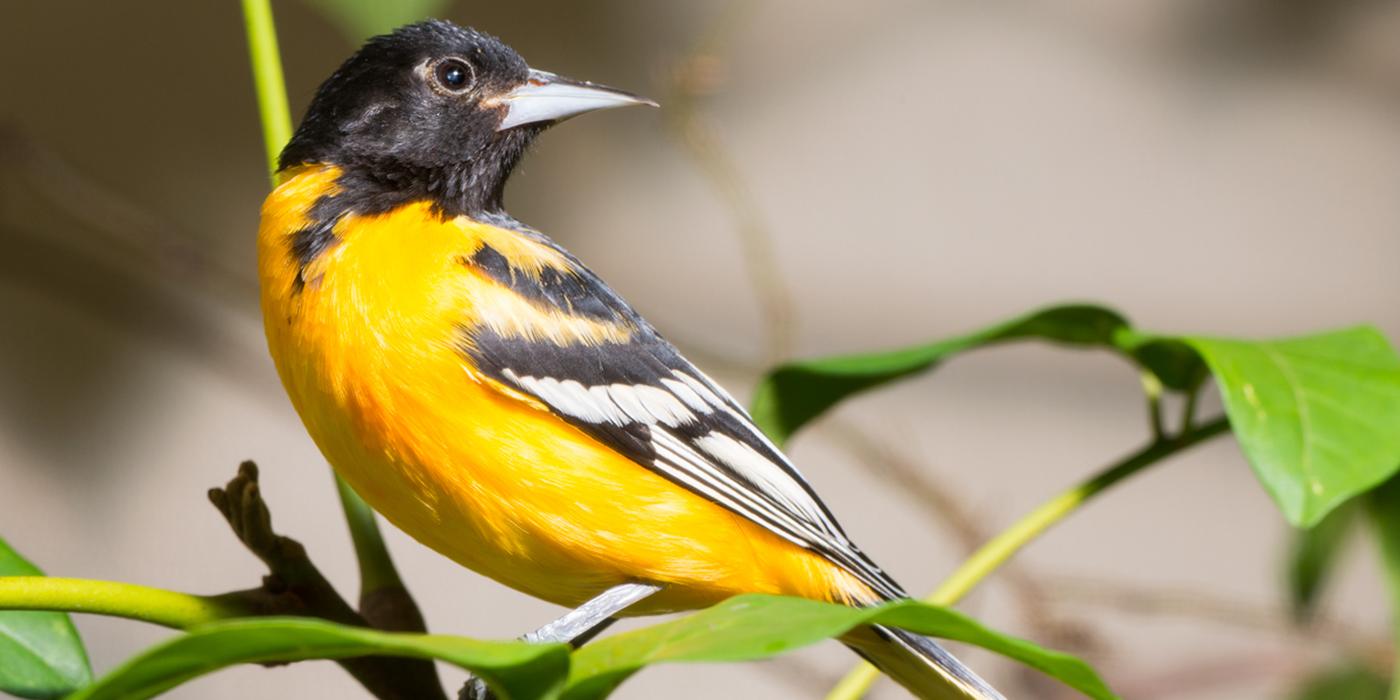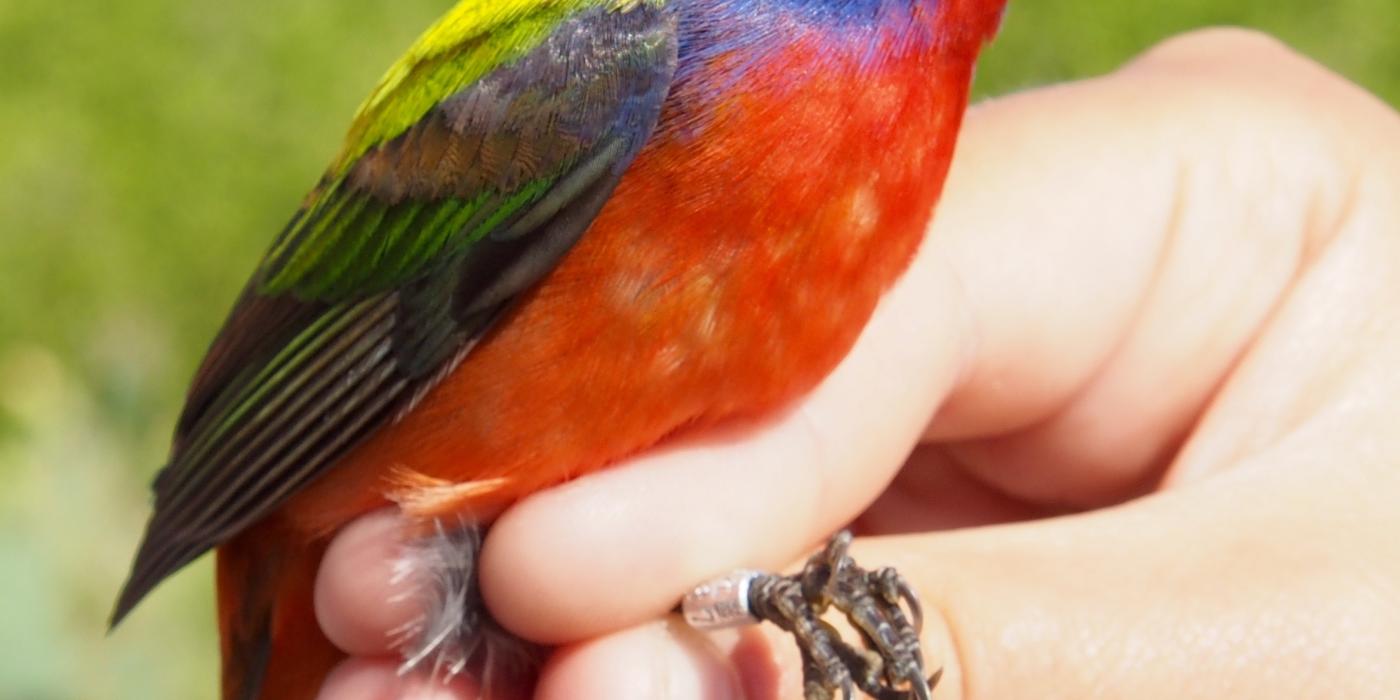Smithsonian Conservation Biology Institute Scientists Call for a Shift in When Biology Studies Are Conducted
In a sweeping paper in Biology Letters published today, Aug. 5, Smithsonian Conservation Biology Institute (SCBI) scientists are calling for a dramatic shift in when biologists study animals in their natural habitat.
For generations, according to SCBI conservation ecologist Pete Marra and his team, biologists have had a skewed view of animal ecology. The vast majority of studies of terrestrial vertebrates—amphibians, reptiles, birds and mammals—take place during their breeding season. And this bias, Marra contends, is hampering scientists' understanding of animal ecology, evolution and the ability to do effective conservation.
"It's hard to study birds, reptiles, mammals and amphibians throughout the annual cycle," Marra said. "Scientists have been handcuffed by logistics, technological impediments and funding, as well as the perspective that the breeding season alone was what mattered. This has given us a really biased view of species' biology."
In the paper, Marra and his team surveyed more than 2,000 published articles in nine major journals through a period of 18 years (1996 through 2012). They analyzed when in an animals' cycle (breeding, migration and winter) the research for each study was conducted, and found that more than 73 percent of all studies, for four vertebrate land taxa, take place during a single season, and 61 percent of the studies took place only during the species' breeding season. Further, only 5 percent of studies looked at how seasons interacted to affect the biology of the animal.
Marra's team concluded that this bias is driven by a number of factors both philosophical and practical. For a long time, biologists thought that events during the breeding season were the most important in an organism's life. In addition, many ecological and life-history studies are conducted by students, so the studies are dictated by the academic calendar. As such, much field research takes place in the summer—breeding season for many species.
Along with limited time and resources, technological limitations have hampered scientists' abilities to study animals throughout their entire annual cycle. Animals that migrate, hibernate or disperse during the non-breeding season have been difficult to track—or even find—for scientists to study. Emerging new technologies, however, including improved equipment and miniaturized tracking devices, such as those Marra and his graduate student recently used to track ovenbirds to their nonbreeding ground territories for the first time, allow scientists to study animals throughout the year.
Studying any single season alone is not sufficient the paper reports. Scientists' focus needs to be toward understanding how periods of the annual cycle interact to drive animal biology. Such interactions are likely the rule rather than the exception.
More holistic, comprehensive approaches to studying animal biology, throughout animals' lifespans and their annual cycles, will improve not only scientists' understanding of animal biology but are also essential for conservationists' ability to protect and preserve threatened and declining species.

